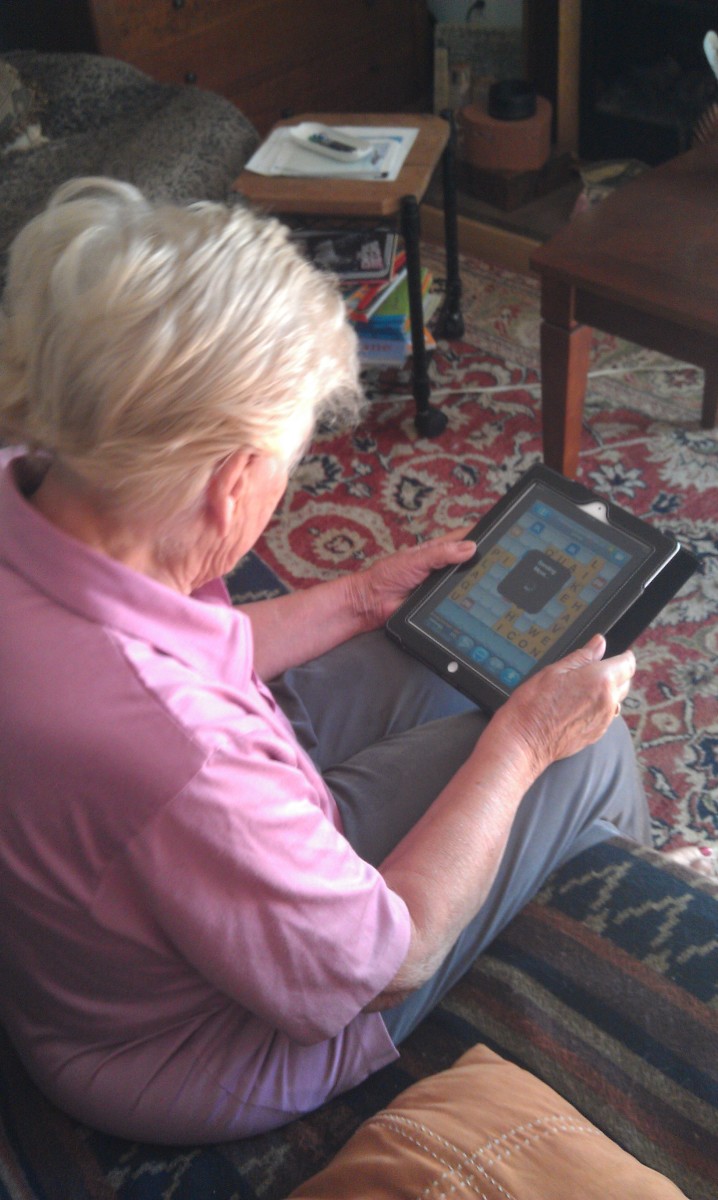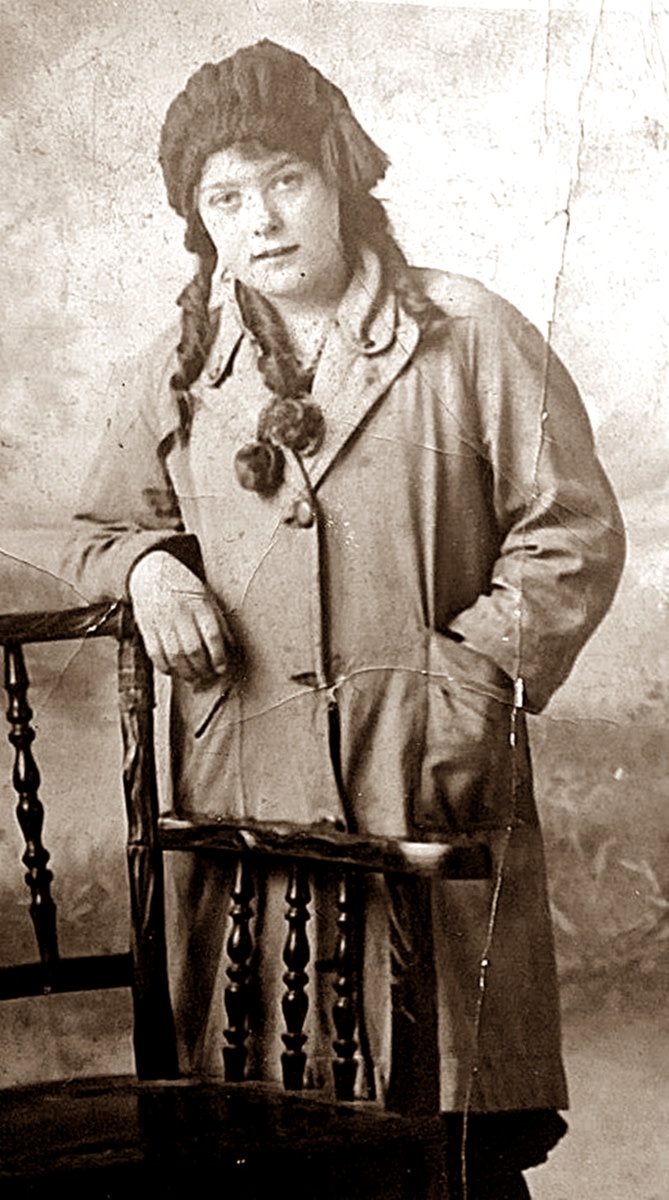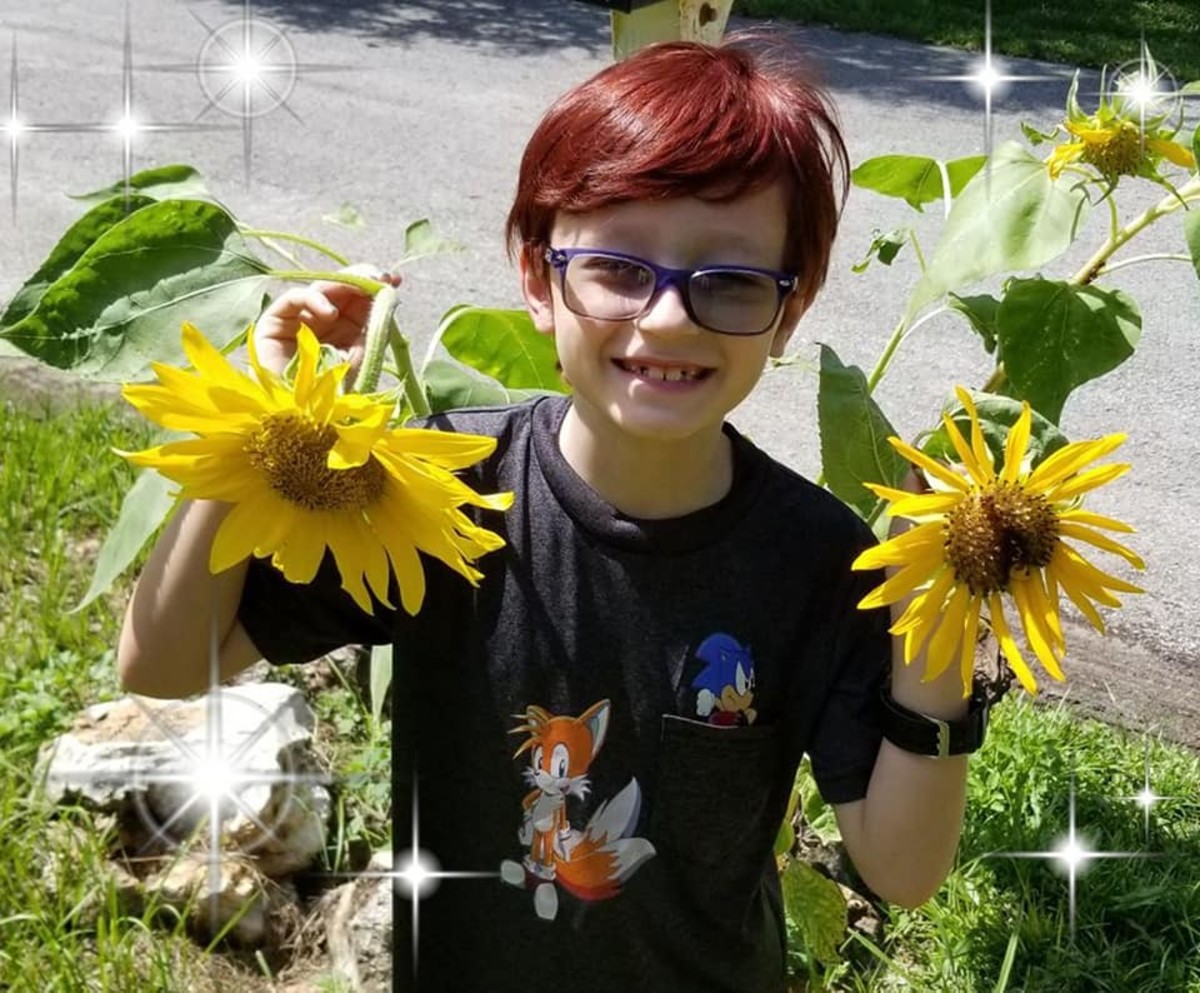Being a Great Grandparent - Part 2
Four More Tips to Consider
In my first article on Grandparenting I shared four tips that elicit the best in our grandchildren. Here are a few more suggestions that really work.
First, enter and experience life at their level. Sometimes that requires a literal interpretation of the word 'experience' - sitting on the floor with them when you roll a ball back and forth, for instance, or build with blocks. It means seeing things from their point of view. Look at that crayon drawing of slashes and squiggles, and instead of thinking it's gibberish, ask the grandchild questions like: "What's this picture about?" and "Why did you use those colors?" and "Who's this in the picture?" You'll learn a lot by listening to their answers.
Second, follow their interests. If a child comes into your house and wants to sit at the piano and tinkers with the keys at every visit, instead of telling him/her 'not to touch that,' sit on the bench by the grandchild, affirm that interest in music and find ways to build on that curiosity.
Third, go at their pace. The younger the child, the shorter their interest time-span. If a child drops one activity and moves on quickly to another, that's okay. Rather than being disinterested in you and what you know, they're following their gut instincts. So follow their lead and go with their sense of timing. Remember that quick 'in-and-out' comments and suggestions are much more powerful than long, drawn-out discussions or lectures.
Fourth, set limits on what's acceptable. Use simple declarative sentences, rather than scolding the child: "We don't do that in this house" . . . "No, that won't work" . . . "Here's a better way."
Next time, Part 3 will begin focusing on pre-suppositions, how to say things that have a lasting impact for good in the lives of your grandchildren. [And by the way, everything in these articles also works wonderfully if you’re the parent instead of the grandparent!]








